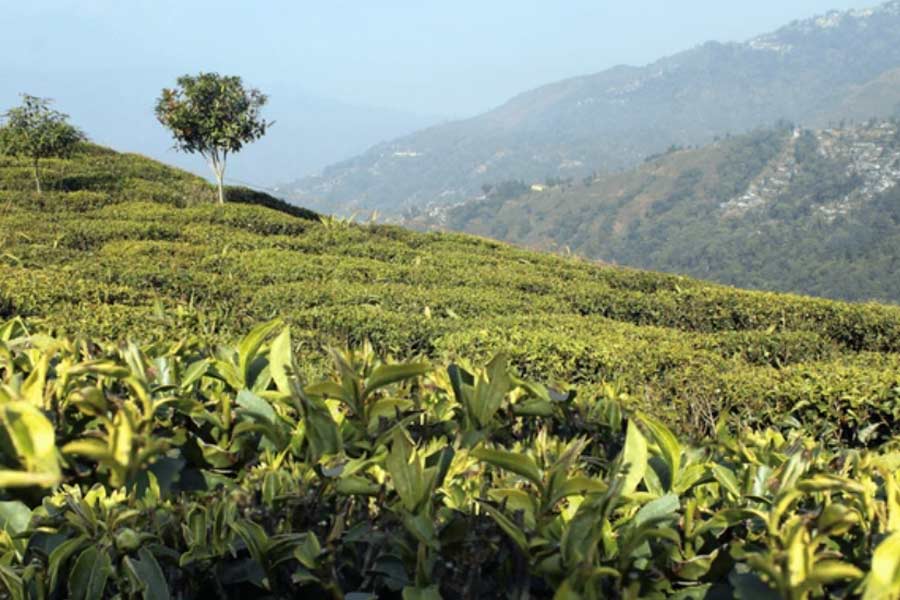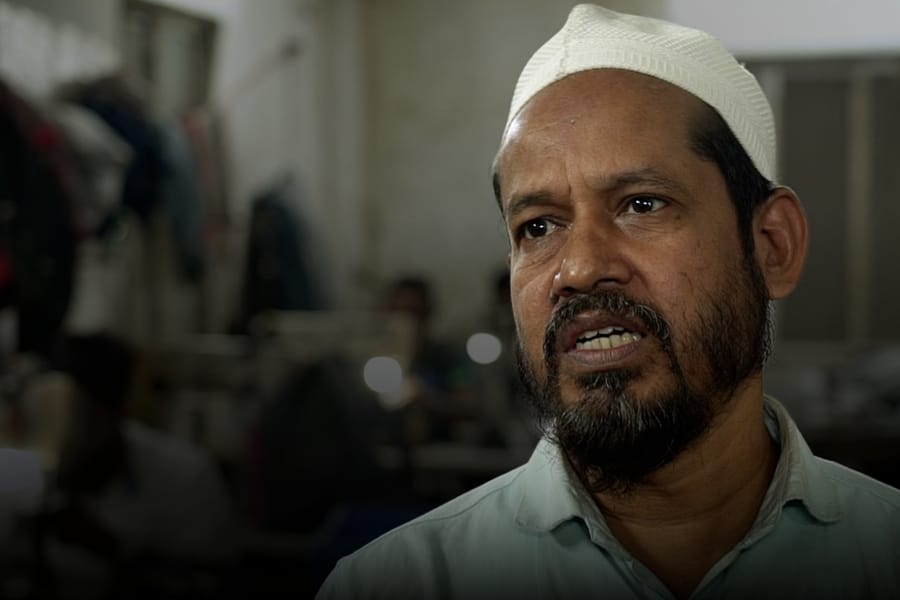Darjeeling Tea has recorded the lowest production in its 169-year history, with the industry blaming absenteeism, ageing bushes and the high cost of replantation for the sharp decline.
The only other time the output had witnessed such a steep plunge was in 2017 but that was because the gardens had to be shut down for 104 days owing to the Gorkhaland agitation. The industry could only produce 3.21 million kg of made tea that year.
“The 2017 figures are due to the 104-day strike and hence cannot be compared with the figures of other years,” said a planter, adding that the 2024 figures were alarming.
Data released by the Tea Board of India show that Darjeeling produced only 5.6 million kg of made tea in 2024. This is also the first time the industry has produced less than 6 million kg of made tea. The highest-ever yearly production was 14 million kg in the 70s.
In 2023, the Darjeeling Tea industry, which comprises 87 gardens, had produced 6.01 million kg of made tea.
Even during the pandemic in 2020, the production figures stood at 6.70 million kg.
“At present, around 12 gardens are closed in Darjeeling with two gardens having recently withdrawn their management after workers refused to pluck first-flush leaves,” said a planter.
The industry has listed multiple reasons for the dismal production. “Absenteeism is as high as 60 per cent in some gardens. Ideally, a tea garden would complete anything between 25 and 30 rounds of plucking in a year. This has now come down to 16-18 rounds a year,” said a planter.
Many planters pointed to the migration of workers to cities after the 2017 agitation. Around 55,000 permanent workers and 15,000 temporary workers are on the industry rolls.
“The youths are no longer interested in working in the industry and this, too, has brought down production,” said a source.
A planter said the average age of workers in his garden had gone up from 38 to 47 years. Many blamed the low production on ageing bushes, some of which were more than a century old.
Planters said replantation was an expensive affair in the hilly region and the slide in revenues since the 2017 agitation had compounded the problem.
“The cost of replanting ranges between ₹3 lakh and ₹10 lakh per hectare depending on the topography in hill areas,” said a planter.
Moreover, the break-even point is almost 8 to 10 years in the hills compared with around 4 to 5 years in the plains, an industryinsider said.
The industry has not been able to revive most gardens after 2017. “This is because Nepal tea has flooded the market since 2017 and many blenders are using it instead of Darjeeling Tea,” said a planter.
With the entry of Nepal tea, the demand for Darjeeling Tea has taken a beating, resulting in low price











